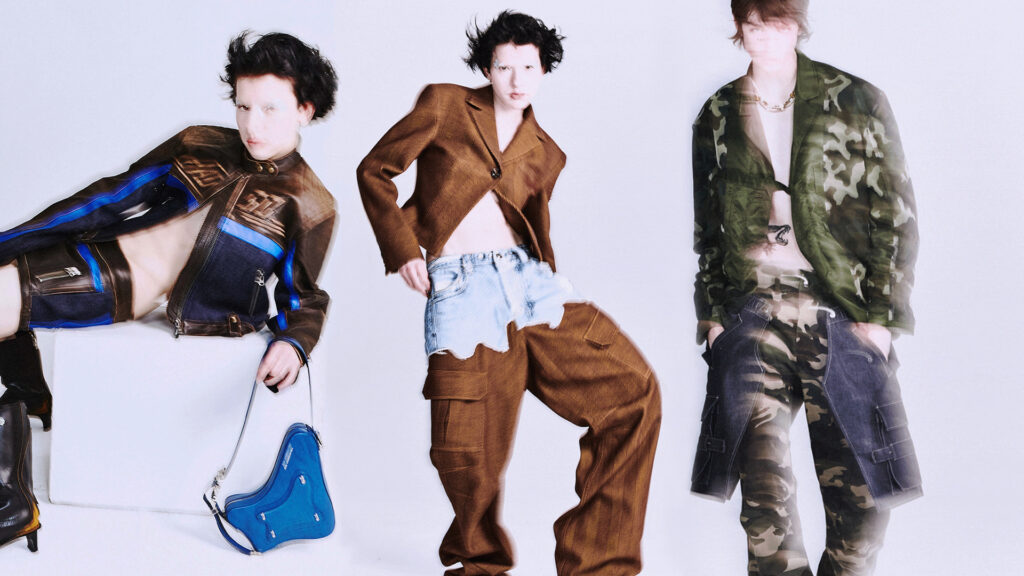The Korean fashion industry has experienced significant growth in recent years, capturing the hearts and love of people all around the world.
The significant Korean way of living, characterized by its vibrant traditions, contemporary aesthetics, and deep-rooted cultural values, is making waves in the global style arena. From the unique artistry of Hanbok, which reflects grace and elegance, to the modern interpretations seen in K-fashion, there’s a rich tapestry of design that captivates audiences worldwide. The infusion of Korean cuisine into international culinary scenes, along with the rise of K-pop and cinema, underscores a lifestyle filled with creativity and passion. This cultural exchange not only enhances global fashion but also fosters a deeper appreciation for the intricate balance of heritage and modernity inherent in Korean living.
Through Time
The fashion history of Joseon Era Korea (1392-1897) is marked by distinct styles that reflected the social hierarchy, Confucian ideals, and cultural influences of the time. During this period, the hanbok, characterized by its vibrant colors and simple lines, became the predominant attire. The traditional outfit consists of a jeogori (jacket) and chima (skirt for women) or baji (trousers for men), often made from silk and decorated with intricate patterns. Joseon fashion was heavily influenced by Confucian values, which emphasized modesty and propriety, leading to the development of specific clothing rules based on social status, age, and occasion. During the later stages of the dynasty, Western influences began to permeate Korean fashion, introducing new materials and styles, yet the elegance of traditional hanbok remained a cherished symbol of Korean identity.
The Japanese occupation of Korea from 1910 to 1945 significantly influenced Korean fashion, blending traditional Korean styles with Japanese elements. During this period, Western underwear became popular due to Japanese modernization efforts, while Korean women began adopting kimono patterns and silhouettes. This fusion led to the emergence of a unique sartorial identity, characterized by the juxtaposition of the jeogori and chima with Western-style dresses, reflecting a complex interplay of cultural resistance and adaptation. The impact of this era can still be seen in contemporary Korean fashion, where historical motifs are often reimagined within modern contexts.
The Korean War significantly influenced fashion in Korea, marking a transition from traditional garments to more modern Western styles as the nation aimed to rebuild and redefine its identity.
The influx of American soldiers introduced new clothing trends, leading to the adoption of casual wear such as jeans and t-shirts, which became symbols of youth culture and progress.
Additionally, the 1960s saw a blend of Western modernity and Korean heritage in fashion, as designers began to incorporate traditional motifs into contemporary designs, fueling a unique cultural revival that laid the foundation for today’s thriving fashion industry in Korea.

